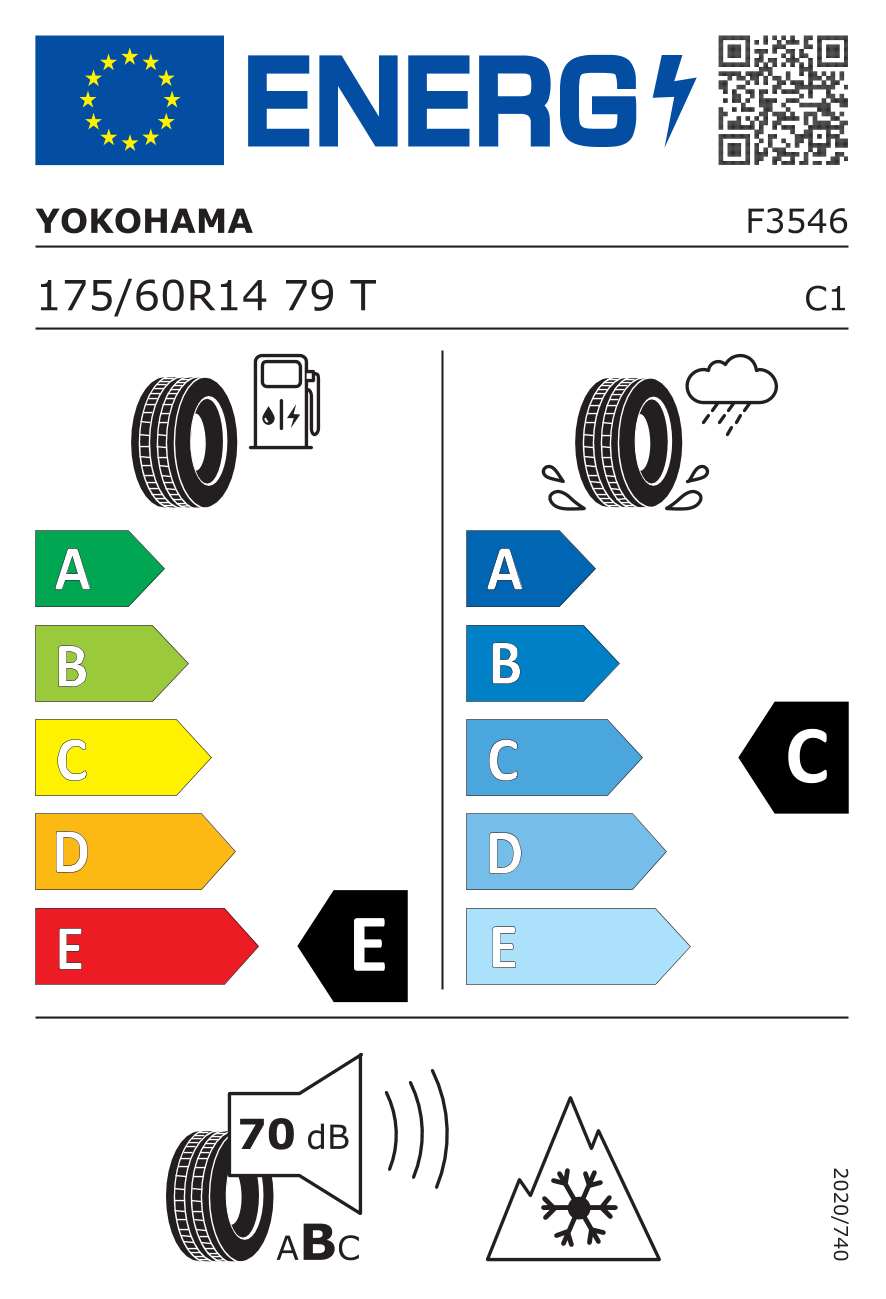Direct Traction for small cars
Benefits
Original 3D-shaped sipes with polyhedral surface provide high performance on dry, wet and snow-covered surfaces.
High-rigid asymmetric design provides a high balance of performance on dry, wet and snow covered surfaces.
Feature
Celebrate the beauty of winter and take inspiration from the elements. YOKOHAMA’s winter tyres are specially constructed to provide traction on snow-covered roads. These high performance tyres remain pliable in cold weather and have a unique tread design to give you better traction. Let your emotions run free this winter!
3D-Sipes
Original 3D-shaped sipes with polyhedral surface provide high performance on dry, wet and snow-covered surfaces.
- Wide surface area keeps blocks stable and enables them to support each other effectively
- Increased density of sipes maximizes the edge effect
Wide Range Temperature Zones
W.drive’s compound responds to a wide-range of temperature zones providing optimum performance on various winter conditions.
- “Flexible polymer” retains more softness and flexibility at low temperatures
- “Micro Silica” has a smaller particle size than conventional silica and maintains rigidity and stability at high temperatures by hard-bonding with polymer even when soft polymer is used
Treat Pattern Design
Directional Tread Design
The directional tread pattern provides a “direct-feel” and traction on snowy and slushy road surfaces and excellent drainage on wet road surfaces.
Original Multi-Layer Sipes
YOKOHAMA’s original multi-layer sipes maximize the edge effect on snowy and icy road surfaces, keeping blocks stable despite the soft compound.
3-D Shaped Block Wall with Groove in Groove Design
The centralized rib-block with a 3-D shaped block wall delivers excellent dry stability by supporting the contact surface. Micro-sized grooves on the 3-D shaped block wall control uneven wear by dispersing stress and heat.
Zig’zag Shaped Main Straight Grooves The zig’zag shaped main straight grooves provide excellent traction with their grooved edge and provide high drainage to avoid hydroplaning on wet surface.



